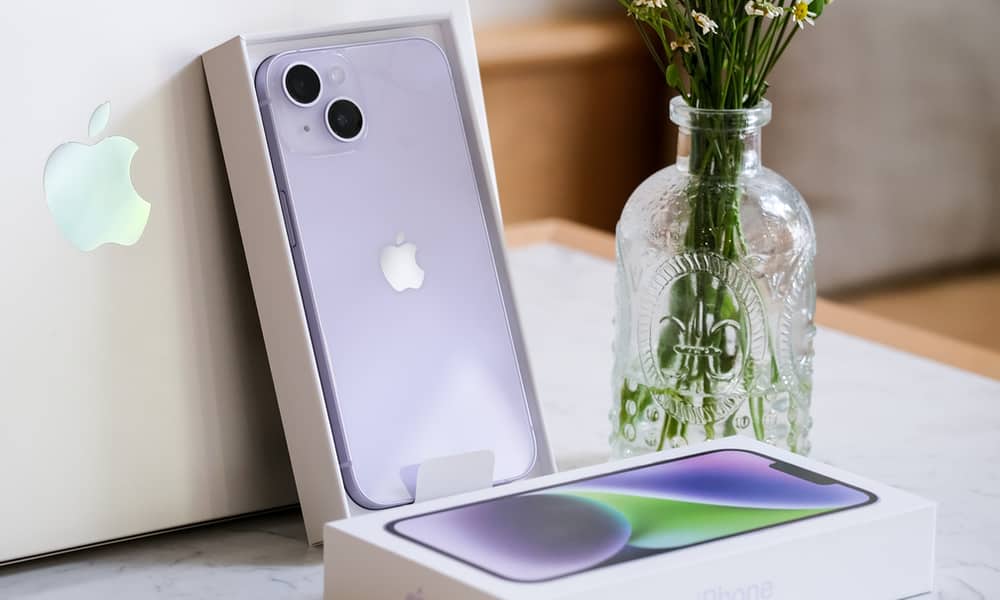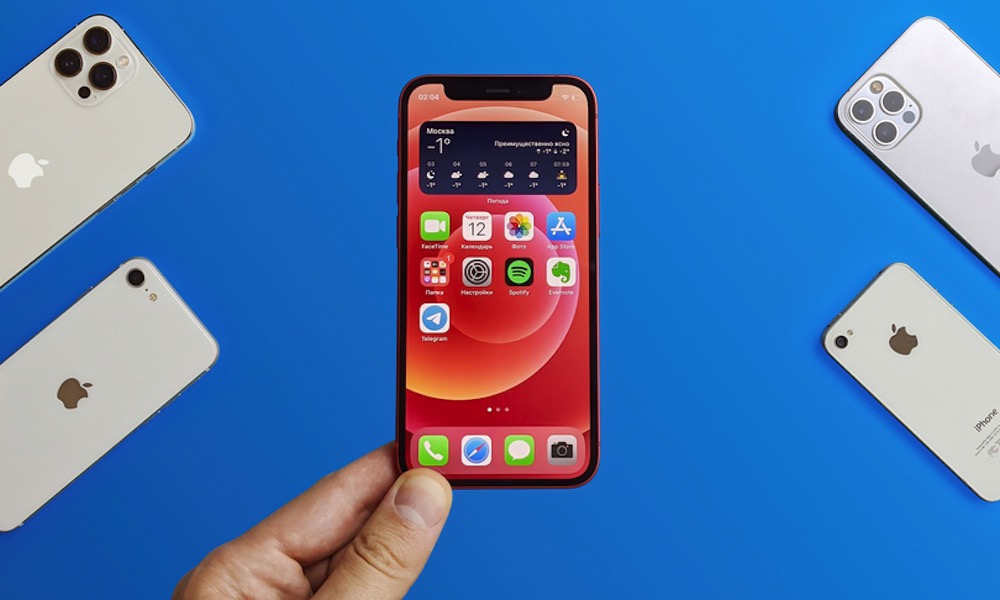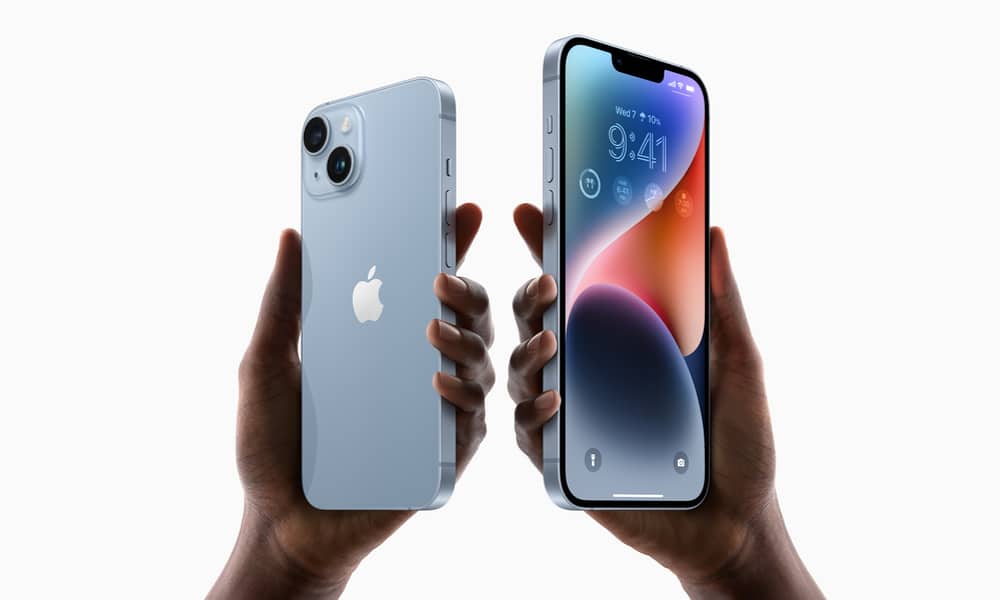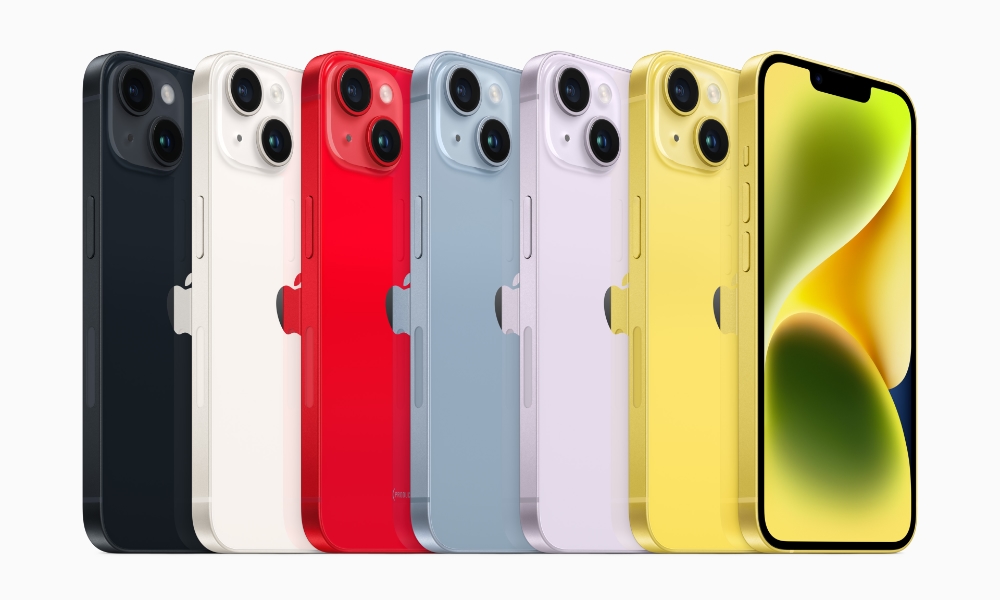The 6.1-Inch iPhone Is Still the Sweet Spot for Most Folks
 Credit: Thai Nguyen / Unsplash
Credit: Thai Nguyen / Unsplash
Toggle Dark Mode
It doesn’t matter whether Apple goes big or small; it seems that most customers shopping for the standard iPhone model aren’t looking for different sizes but rather the tried and true form factor that’s “just right.”
Nearly three years ago, Apple released the 5.4-inch iPhone 12 mini to the excitement of fans of more pocketable iPhones everywhere. Many thought that, with the return to the much more pocketable size of the iPhone 5s and 2016 iPhone SE, the new iPhone mini would sell like hotcakes.
Clearly, Apple believed this too, but the reality turned out to be considerably more disappointing. The original 5.4-inch iPhone 12 mini accounted for barely six percent of all iPhone sales. It didn’t even make the top ten list for 2020 holiday smartphone purchases — and that’s despite the fact that Apple dominated Christmas activations. Nine of the ten best-selling smartphones that year were iPhones, but the iPhone 12 mini was not among them.
The problem was also very specific to the iPhone 12 mini. The rest of Apple’s iPhone 12 lineup was breaking sales records, rising to become the best-selling 5G smartphone in the world only two weeks after its release. This was an even starker contrast with the abysmal sales performance of the smaller phone.
Some speculated this wasjust a result of bad timing. The iPhone 12 mini didn’t arrive until nearly a month after the standard 6.1-inch iPhone 12 went on sale, and some customers who might have otherwise opted for it would still be locked into long-term carrier contracts. However, as reports of Apple’s plans to cancel the iPhone mini surfaced, it seemed clear the company had seen the writing on the wall.
Apple prematurely halted production of the iPhone 12 mini less than a year after its release. While an iPhone 13 mini arrived in the fall of 2021, most believe that’s simply because Apple already had that model in the works, and it wasn’t about to change direction at the last minute. However, it also gave the 5.4-inch iPhone one last chance to succeed — but it didn’t.
In fact, history repeated itself. By early 2022, the iPhone 13 mini was being outsold by the 2019 iPhone 11, seemingly justifying Apple’s decision to cancel it and go in the other direction. That fall, instead of an iPhone 14 mini — which nobody expected anyway — Apple released a larger 6.7-inch iPhone 14 Plus, providing a more affordable standard alternative to Apple’s flagship iPhone 14 Pro Max.
From a logistics and marketing perspective, this appeared to make a lot of sense. There would now be only two iPhone sizes across both the standard and “pro” models, and Apple could also benefit from the economics of scale by casting phones and displays in only two sizes rather than three.
It also seemed like a much safer bet. The 6.7-inch iPhone Pro Max had always been a top seller, so there was clearly some demand for larger phones. Offering an iPhone Plus would make that largest size accessible to more customers, catering to those who wanted a larger screen but didn’t need the more powerful cameras or other “pro” features.
Interestingly, things haven’t quite worked out that way. Only a few weeks after it was released last fall, reports began pouring in that the iPhone 14 Plus wasn’t selling nearly as well as the rest of the lineup, providing an awkward sense of déjà vu for those who had followed the sad story of the two iPhones mini.
The sales figures for the iPhone 14 Plus appear to be about the same, with analysts pegging it around only 7% of all iPhone sales. However, by all reports, Apple still plans to release an iPhone 15 Plus this year, and, unlike the iPhone 13 mini, we haven’t heard any indication that Apple plans to discontinue it after that.
While the lack of uptake on the iPhone 14 Plus could be due to its pricing. It sits in such an awkward middle-ground — $100 more than the 6.1-inch iPhone 14 and $100 less than the 6.1-inch iPhone 14 Pro — that you really have to want a 6.7-inch screen not to jump either down to the more affordable iPhone or up to the more powerful one. Plus, for only $200 more, you get the bigger screen and the most powerful iPhone on the market right now.
In the end, though, it may simply be that folks serious enough about the iPhone to care about a bigger screen are more likely to want the iPhone 14 Pro Max. The iPhone 14, on the other hand, is for folks who just want an iPhone, and while a 6.1-inch screen would once have been considered ginormous, today, it’s the new normal for smartphones.











